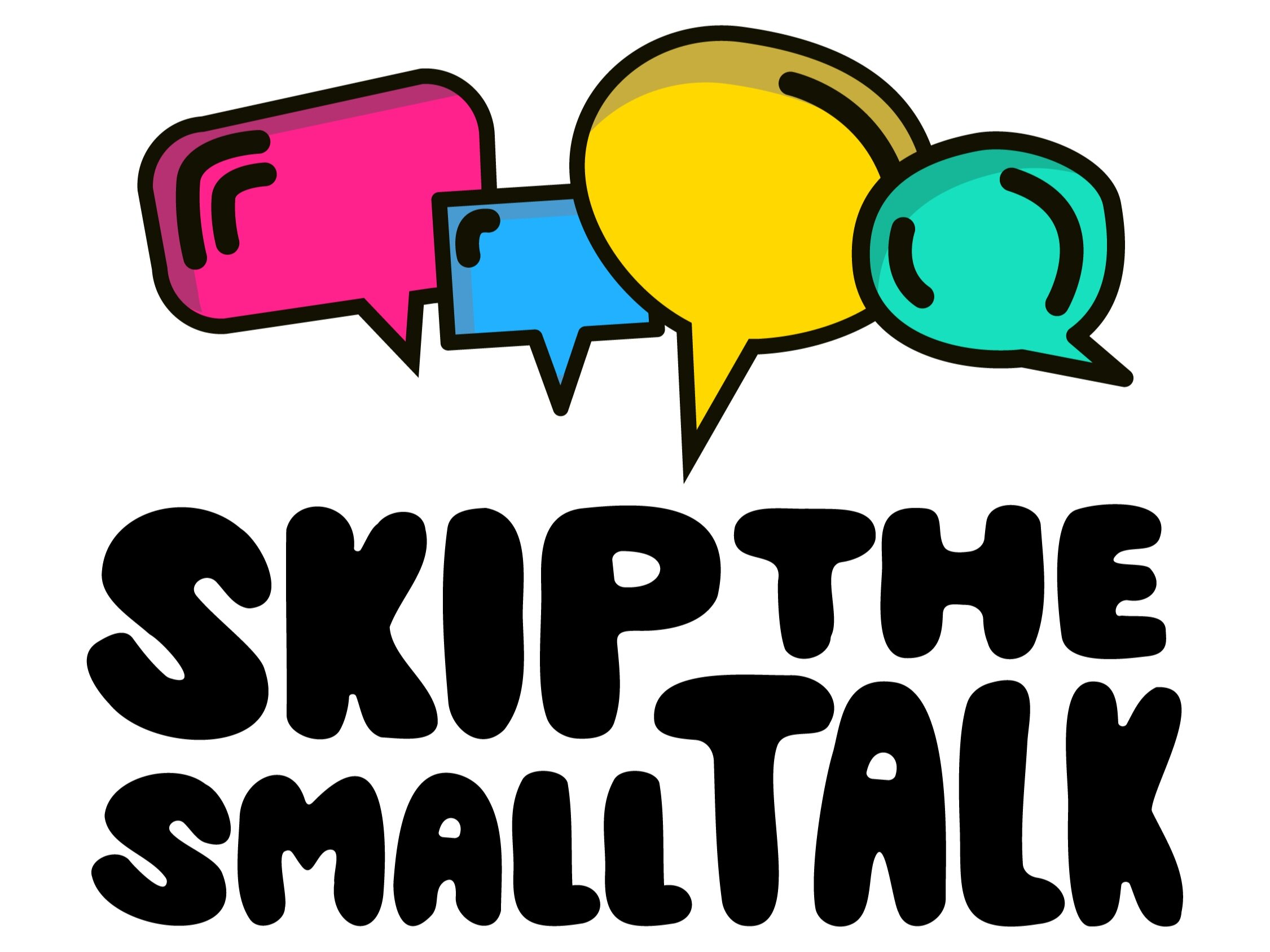Digital Burnout vs. Digital Bonding: How to Tell the Difference (And What to Do About It)
In today’s hyperconnected world, the line between feeling digitally drained and digitally connected can be...blurry. One minute, you’re laughing with a friend over voice notes on Instagram, and the next, you’re doomscrolling through your fourth platform of the day, wondering why you suddenly feel so tired and alone.
So what’s the difference between digital burnout and digital bonding—and how can you tell which one you’re experiencing?
Let’s dig in.
What Is Digital Burnout?
Digital burnout happens when your brain and body get exhausted from constant digital stimulation. It’s that foggy, depleted feeling after hours of scrolling, replying, refreshing, or toggling between apps.
Some signs you might be burned out online:
You feel emotionally or physically drained after being on your phone or computer.
You’ve spent a lot of time connected, but still feel isolated.
Notifications make you feel anxious or overwhelmed.
You're numbing with social media instead of genuinely engaging.
It’s not just about screen time—it’s about how you're spending that time, and how it’s making you feel.
What Is Digital Bonding?
Digital bonding, on the other hand, is what happens when your online interactions actually nourish you. It’s when technology becomes a bridge, not a barrier, to meaningful connection. It’s the magic that happens at our Zoom events (don’t believe it? Check out the third-party research paper that showed that our online events help people feel more connected, less anxious, and less depressed!)
Some signs of digital bonding:
You feel energized or comforted after chatting with someone online.
You’re having honest, thoughtful conversations—even through DMs or voice notes.
You laugh, vent, share stories, or get vulnerable in a way that feels real.
You feel seen.
In other words, it’s not about logging off to connect—sometimes it’s about learning how to connect better, even while staying online.
5 Quick Questions to Check In With Yourself
Next time you’re not sure whether you’re bonding or burning out, try asking:
How do I feel after I log off? Calm and grounded, or agitated and drained?
Was I truly connecting, or just consuming?
Did I feel present during that conversation or scroll?
Was I avoiding something offline—or seeking connection?
Did this bring me closer to someone—or farther from myself?
How to Shift Toward Digital Bonding
If you’re stuck in burnout mode, you don’t have to go full digital detox. Try this instead:
1. Prioritize People, Not Platforms
Instead of hopping on social apps aimlessly, go in with intention. Text someone you miss. Leave a thoughtful comment. Send a meme because it reminded you of a real moment you shared.
2. Make Space for Synchronous Connection
We love asynchronous convos (hello, voice notes), but sometimes real-time matters. Set up a quick FaceTime. Use a call instead of a 47-message thread. Connection doesn’t always require perfect lighting or long talks.
3. Set Gentle Boundaries
Try “no scroll” zones—like the first 30 minutes after waking up or one hour before bed. Let those be times for real-life grounding or quiet reflection.
4. Do a Connection Audit
Review the last week: Which digital interactions felt real and restorative? Which felt draining or performative? Adjust accordingly.
Final Thoughts: Connection Is the Goal, Not the App
Digital tools aren’t the enemy—disconnection is. The goal isn’t necessarily less screen time, but more soul time. If your online life is leaving you feeling lonelier, it might be time to reorient. But if you’re finding moments of laughter, honesty, and warmth? That’s digital bonding in action.
Let’s stop treating all screen time as equal. Let’s aim for digital connection—not just digital consumption.
Because even in a noisy online world, it’s still possible to skip the small talk—and find something real.
